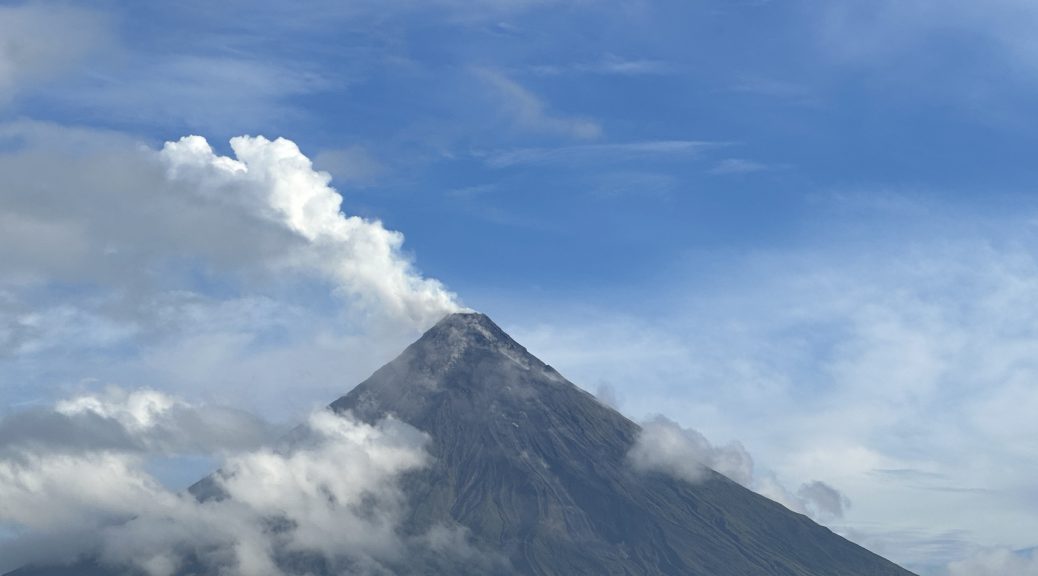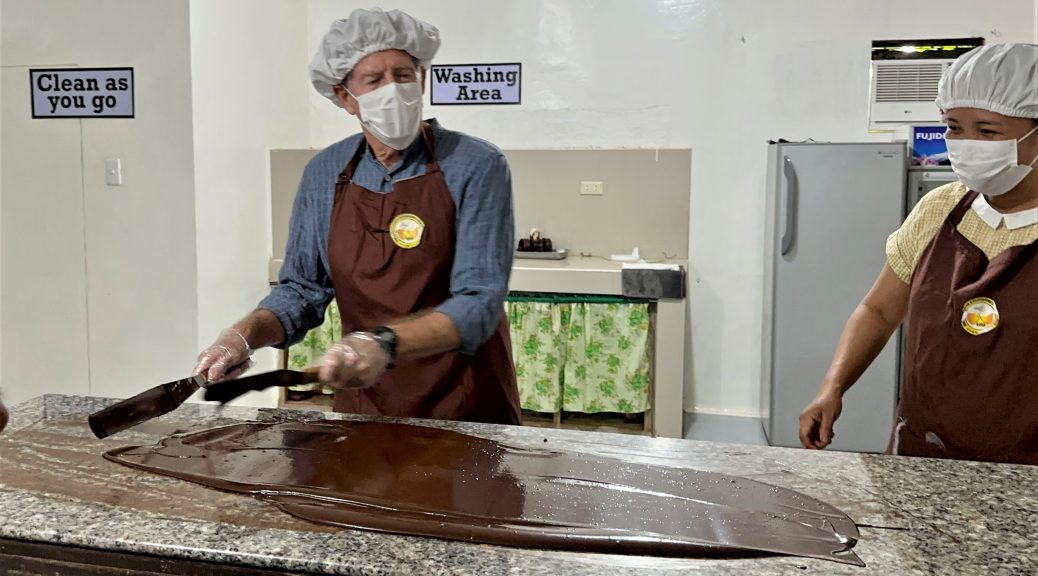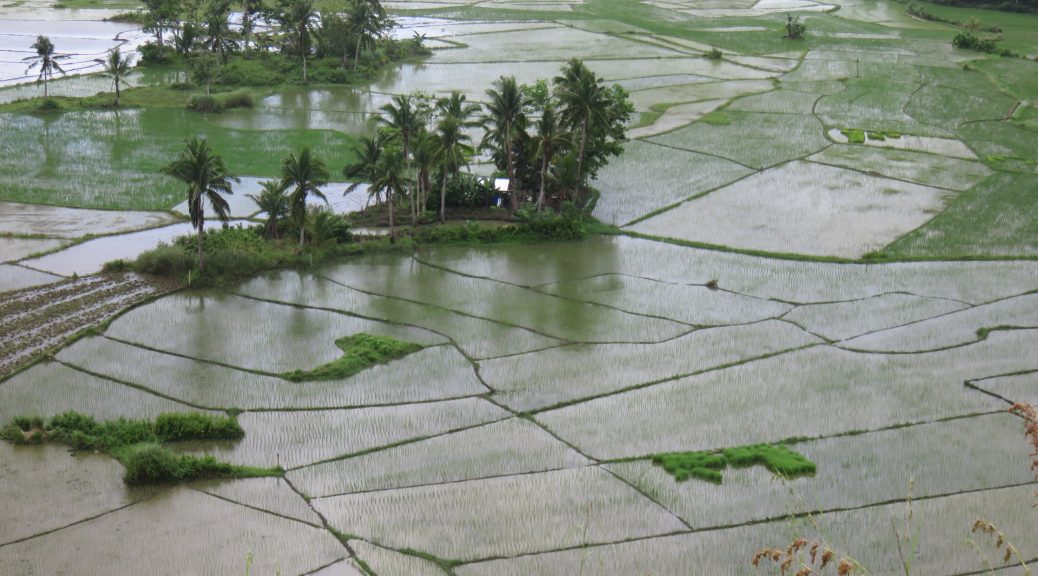I have just competed my third volunteer assignment in the Philippines in past year. I do enjoy this country: friendly people, great food, and they speak English.
This time I worked at the southern tip of Luzon, the country’s largest island. Larger than all the other 7,100 islands. I was asked to conduct an enterprise assessment of BACODECO. This local farmers’ co-op is trying to survive with limited cash and with a large overdue loan. They have many ideas to resolve their problems, but these ideas require prioritization. In order generate needed cash they hope to expand their piggery, dairy, coconut, silage, water delivery, and retail businesses. All the while they are trying to collect past due micro loan payments from the co-op members. Attempting to do all of this at once, they risk hopping on their horse and riding off in multiple directions at the same time. Not good for the horse and not good for the rider. But we did make good progress on prioritization. I hope to get progress feedback in a few months.
The co-op’s office is small, cramped, and not air conditioned (90 degrees, 90% humidity) consequently we held our strategic planning meeting across the road in the modern gas station’s mini-mart among the rows of potato chips and soft drinks.
Mayon Volcano is claimed (at least by Filipino tourism officials) to be the most beautiful volcano in the world. And it certainly is perfectly formed. See photo. And to add a touch of drama to my location in the city of Legazpi, we are at the foot of this active volcano.
Mayon lies five miles from my client’s headquarters. It began erupting on June 1 and has kept at it the entire time I have been here. (Look again at the photo.) Steaming continuously. Glowing lava at night. We are working safely outside the 3.6 mile exclusion zone. I needed to enter the exclusion zone just once to interview the farmer who is responsible for water pump maintenance. But no worries, wayward lava was still over two miles away. Then typhoon Egay blew past. It was out to sea and didn’t hit us directly. But heavy rain and high winds raised concern about lahar danger: massive mudslides down the slopes of the already unstable volcano. Equipment readings on the side of volcano showed micro earthquakes caused by the continuous eruption. So erupting volcano, micro earthquakes, lahar warnings, and typhoon effects on top of my requirement to aid my co-op client. But the greatest problem I faced was the termites.
The life cycle of termites dictates that once the termite eggs hatch some hatchlings will become workers, some will become soldiers, and swarms will become flying termites in search of a mate during their brief life span. At dinner recently we discovered that some prefer to swarm the restaurant guests. They don’t bite (unless one is rotten wood) but they do fly around one’s face, food, and hair. Very annoying. Consequently, the restaurant staff turned off the lights and shut the doors until the swarm disseminated. We ate in the dark for thirty minutes.
By my final day in town I had finished my work so I set out to explore Legazpi. I visited Lignon Hill, an extinct volcano with a commanding view of the live Mayon Volcano nearby. After a hot one-mile trudge up very steep Lignon Hill I was able to view Mayon. Or actually the clouds surrounding Mayon. Sort of a disappointment. But I overcame my disappointment by stopping by PHIVOLCS. The friendly staff at the Philippines Institute of Volcanology and Seismology gave me a tour of their observation post. I saw an array of computer screens – – akin to an airport control tower’s screens – – that tracked all aspects of the erupting volcano. I learned that this was an “effusive” eruption: lava flowing down the slope, not an explosive (and much more dangerous) eruption.
Pasted on the walls of the volcano control room were maps that showed the multiple dangers and geographic range of these dangers. They included:
– Pyroclastic (lava) flow zone
– Toxic gasses zone
– Ash and rock-fall zone
– Lahar (mudslide) zone – – particularly dangerous during a typhoon’s heavy rains
Fortunately, none of these overlapping zones impacted my hotel or my client’s farming areas. Nor did they impact the Philippines National Police Force championship basketball game.
After my science lesson at PHIVOLCS, I stumbled across the Legazpi Astrodome. Despite the highfalutin name, the Astrodome was, at best, a local gym with a linoleum floor. But in this gym played one of the best basketball games I have seen in years. These policemen cum basketball players were superbly talented. They were lightening quick – – perhaps three to four time quicker than I was during my prime. And my prime ended a couple of years ago. However, despite their impressive skill, none of these players could play in the NBA. Most of the talent was under 5’8” and the tallest of the lot barely scraped 6’. Also, every now and then the defense didn’t lock down like it should have. But all in all I watched a very entertaining game. And interestingly, at least to me, basketball is the national sport of the Philippines. And the policemen proved it.
By the way, the red jerseys beat the blue 73-63.



